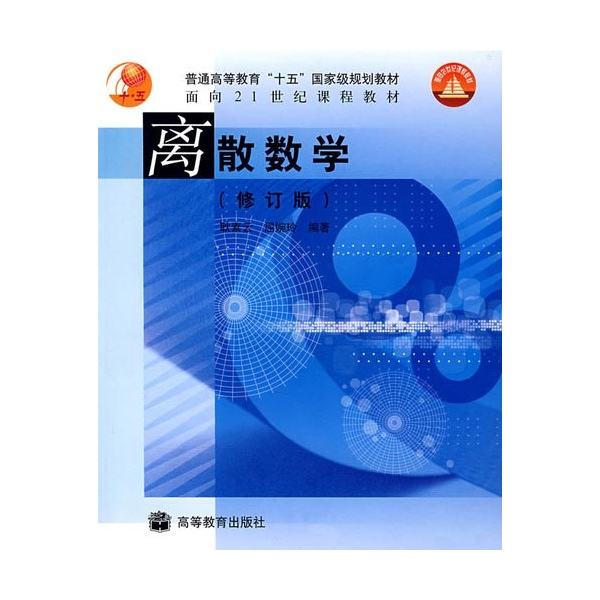Research has shown assistance can provide many benefits to novices lacking the mental models needed for problem solving in a new domain. However, varying approaches to assistance, such as subgoals and next-step hints, have been implemented with mixed results. Next-Step hints are common in data-driven tutors due to their straightforward generation from historical student data, as well as research showing positive impacts on student learning. However, there is a lack of research exploring the possibility of extending data-driven methods to provide higher-level assistance. Therefore, we modified our data-driven Next-Step hint generator to provide Waypoints, hints that are a few steps ahead, representing problem-solving subgoals. We hypothesized that Waypoints would benefit students with high prior knowledge, and that Next-Step hints would most benefit students with lower prior knowledge. In this study, we investigated the influence of data-driven hint type, Waypoints versus Next-Step hints, on student learning in a logic proof tutoring system, Deep Thought, in a discrete mathematics course. We found that Next-Step hints were more beneficial for the majority of students in terms of time, efficiency, and accuracy on the posttest. However, higher totals of successfully used Waypoints were correlated with improvements in efficiency and time in the posttest. These results suggest that Waypoint hints could be beneficial, but more scaffolding may be needed to help students follow them.
翻译:研究表明,援助可以给缺乏在新领域解决问题所需的心理模式的新分子带来许多好处,然而,对缺乏新领域解决问题所需的心理模式的新分子来说,实施不同的援助方法,例如次级目标和下一步提示,效果好坏参半。下一个步骤提示在数据驱动的辅导员中是常见的,因为它们直接利用历史学生数据生成,以及显示对学生学习的积极影响的研究。然而,缺乏研究探索扩大数据驱动方法的可能性,以提供更高层次的援助。因此,我们修改了数据驱动的下一个步骤提示生成器,以提供路点、前面几步的提示,代表解决问题的次级目标。我们假设“路径提示”将有益于先前知识较高的学生,而“下一步提示”最有利于以前知识较低的学生。我们研究数据驱动的提示类型、“路点对下点”与“下点”提示对学生学习的影响,在逻辑验证辅导系统“深思想”中,可以在离散的数学课程中提供帮助性指导。我们发现,“前进方向提示”前几步,是代表解决问题的几步,我们假设“方向”预言将有利于前高的学生,而后多数学生在时间选择中更有利。




